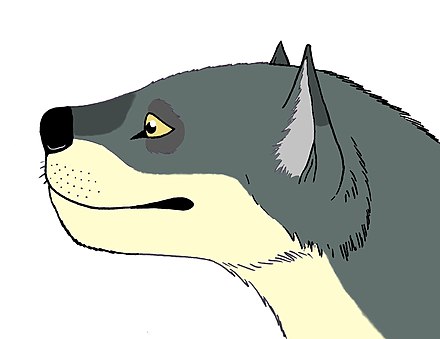Today I present you my digital reconstruction of Sarkastodon mongoliensis. This is probs the most detailed recon ive done of any extinct taxon so far.
#paleoart #art #artistsontwitter #paleontology
I just realised that Otter shrews are the only aquatic mammals to use lateral tail motion when swimming. Proof of how amazing Afrotherians really are. Lowkey Monitor lizard, but furry.
This disastrous year is nearing its end. So today, I present you my last drawing of this year. ”inter-species love”. Here I present you a Male Smilodon populator and female Smilodon fatalis together in Uruguay, circa 20kya. drawing done with the help of @adi_fatalis
#paleoart
@ausar_the @adi_fatalis Hmmm, that did definitely remind me of a genus of Hesperocyonine called Enhydrocyon, which bore striking resemblance to cat.
@JCRev4 @king_tyranno Oh yes, there was actually a dinosaur rhino. I present you Rhinosaurus magnus. An extinct genus of abelitheriid rhino that existed from the early oligocene to Early Miocene of central Davidpeteropia. It was exclusively a carnivore, a unique trait within perissodactyla.
Today I present you an extinct Rhino from the Early Miocene of North America. Meet Menoceras, a pig sized rhino showing interesting sexual dimorphism. Male Menoceras sported two horns side by side at the tip of the nose, whereas the females were hornless.
#paleontology
Left pic above: E.grangeri
Right one : E.andrewsi
What was once thought of a structure supporting a ram/horn is now thought to support an enlarged nose.
I present to you a Giraffoid, Specifically a Climacoceratid Artiodactyl (even toed ungulate) from the Early Miocene of North Africa and Pakistan. Meet Prolibytherium (as i like to call it, Butterfly Giraffoid). A Ruminant displaying dramatic sexual dimorphism.
#paleontology
Today i present you yet another member of the Hasnot village, Pakistan. Meet Merycopotamus dissimilis. Merycopotamus was an Anthracothere. Anthracotheres were Whippomorphs, meaning they were closely related to Hippos and whales, perhaps more close to the former.
#paleontology https://t.co/6S3RdqEghA






















